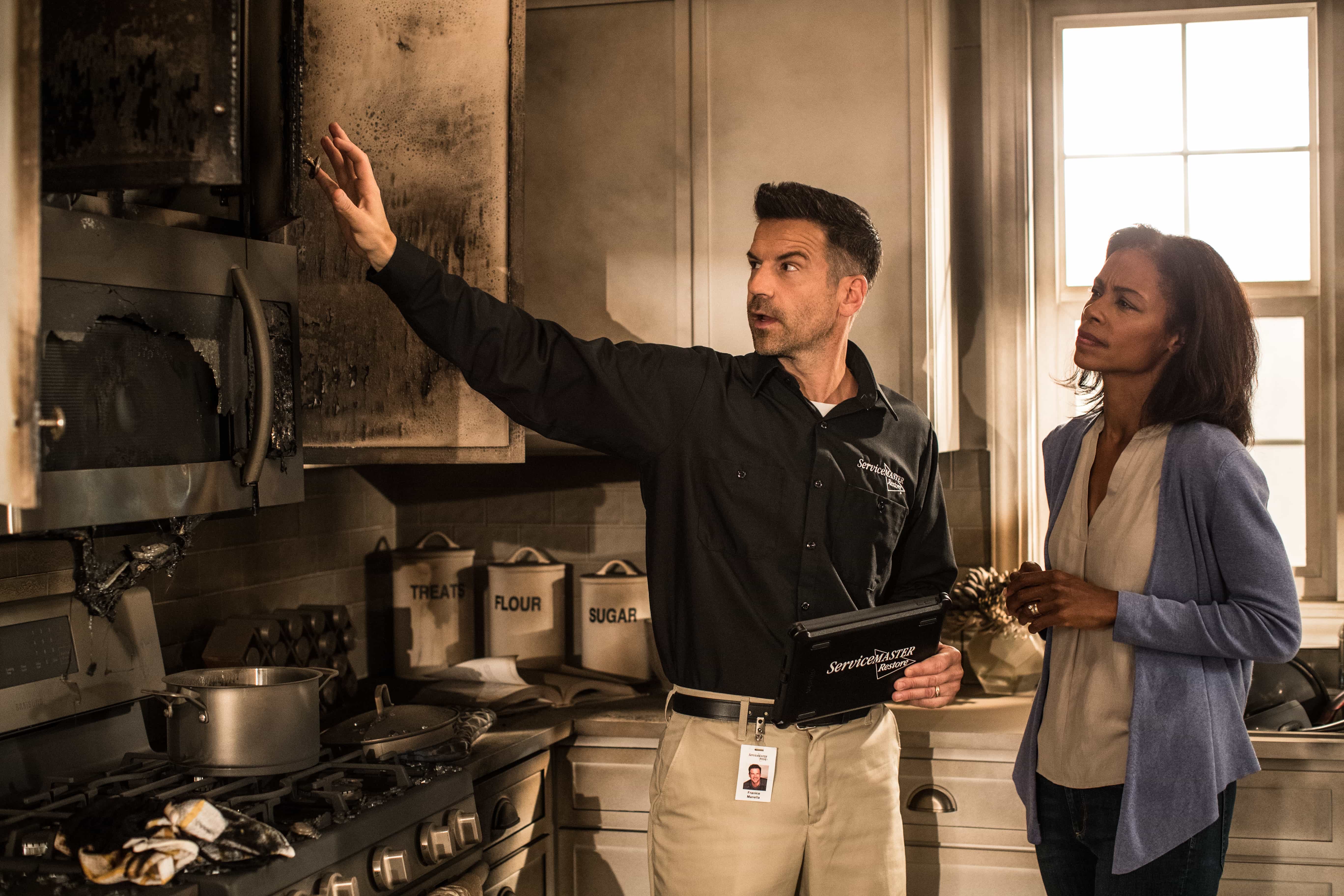Search for topics or resources
Enter your search below and hit enter or click the search icon.
November 28th, 2018 | 1 min read

A fire can be devastating and the damage from the smoke it produces can be as well. If a fire does occur in your business, you must have a professional clean up the smoke damage. Smoke damage can persist if not re-mediated properly.
Once a fire occurs, it is obvious what fire damage looks like in your home. What might not be so obvious is the smoke damage. Fire damage produces charred items, walls that are discolored, and soot or ash on the floor, walls, and ceiling. However, the smells and chemicals emanating from the result of a fire burning can be harmful to the surfaces in your home as well as your health. Smoke damage can occur immediately after fire damage, but it also can take several hours or days after the fire to manifest.
Almost immediately after a fire has been put out, it is evident smoke damage is there in your home or business.
Many surfaces in your home or business will display the symptoms of smoke odor. This can happen on surfaces or fabric items. What causes this smoke odor? Smoke from a fire produces tiny particles of carbon (called soot) and this soot settling on surfaces of your home causes the smoke odor. After fire damage restoration has been completed, smoke damage restoration is necessary to get rid of the smell produced from fire damage.
Smoke has several components which produce an odor that lingers. It produces particles that can penetrate fabrics and surfaces. These particles can be toxic. Smoke damage also produces vapors that can be poisonous if you inhale or are absorbed into surfaces. These vapors present themselves as fog-like droplets. Carbon Monoxide (CO) is the most dangerous toxic gas produced from fire damage. Another toxic gas called phosgene is produced with items such as chlorine are burned. Hydrogen Cyanide (HCN) is produced from common household items such as insulation, synthetics, plastics, carpets, clothing, and plastics burn.
With over 44 years of experience in the Treasure Coast and Palm Beaches, we're the experts you can trust for all tips and information related to restoration and reconstruction.